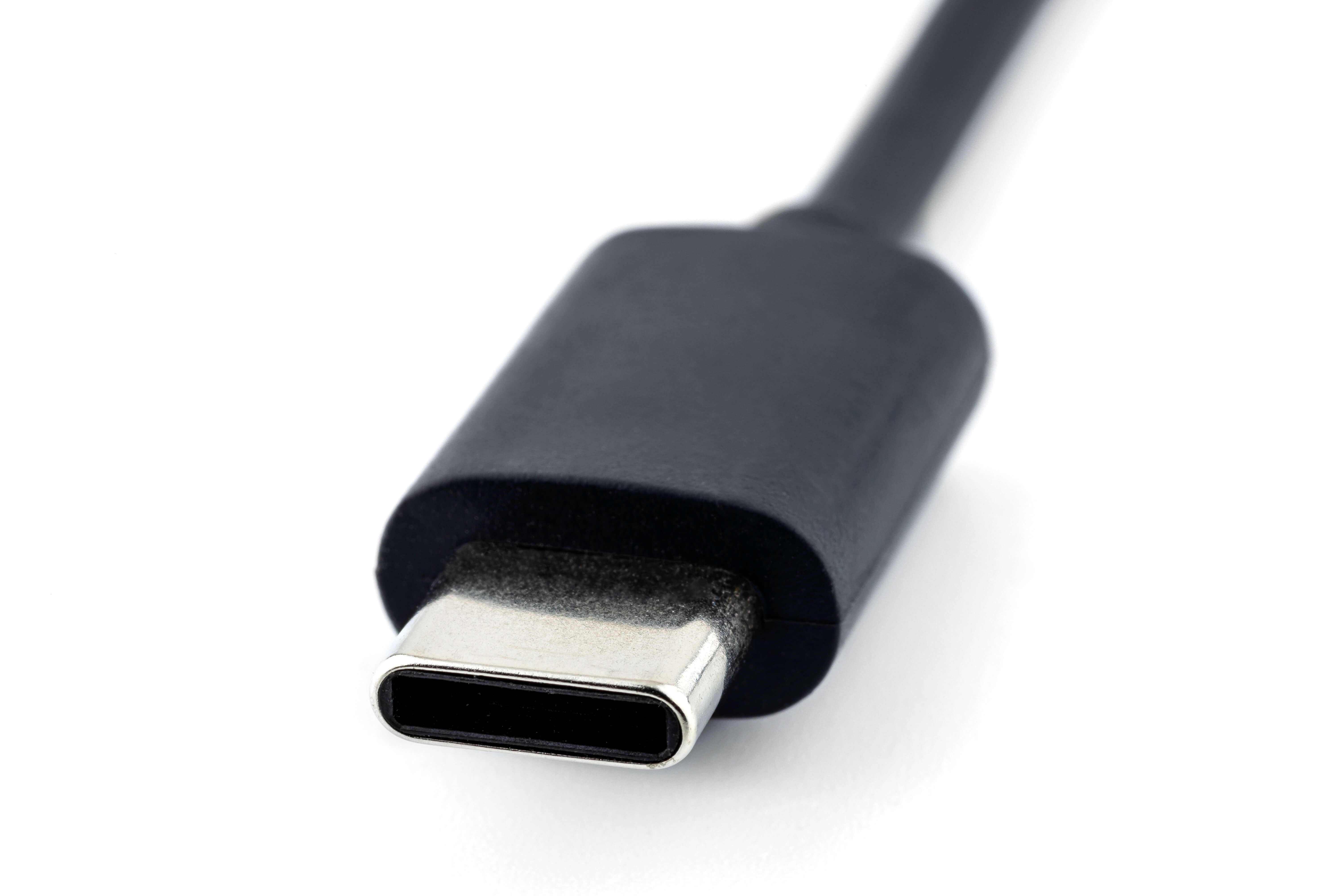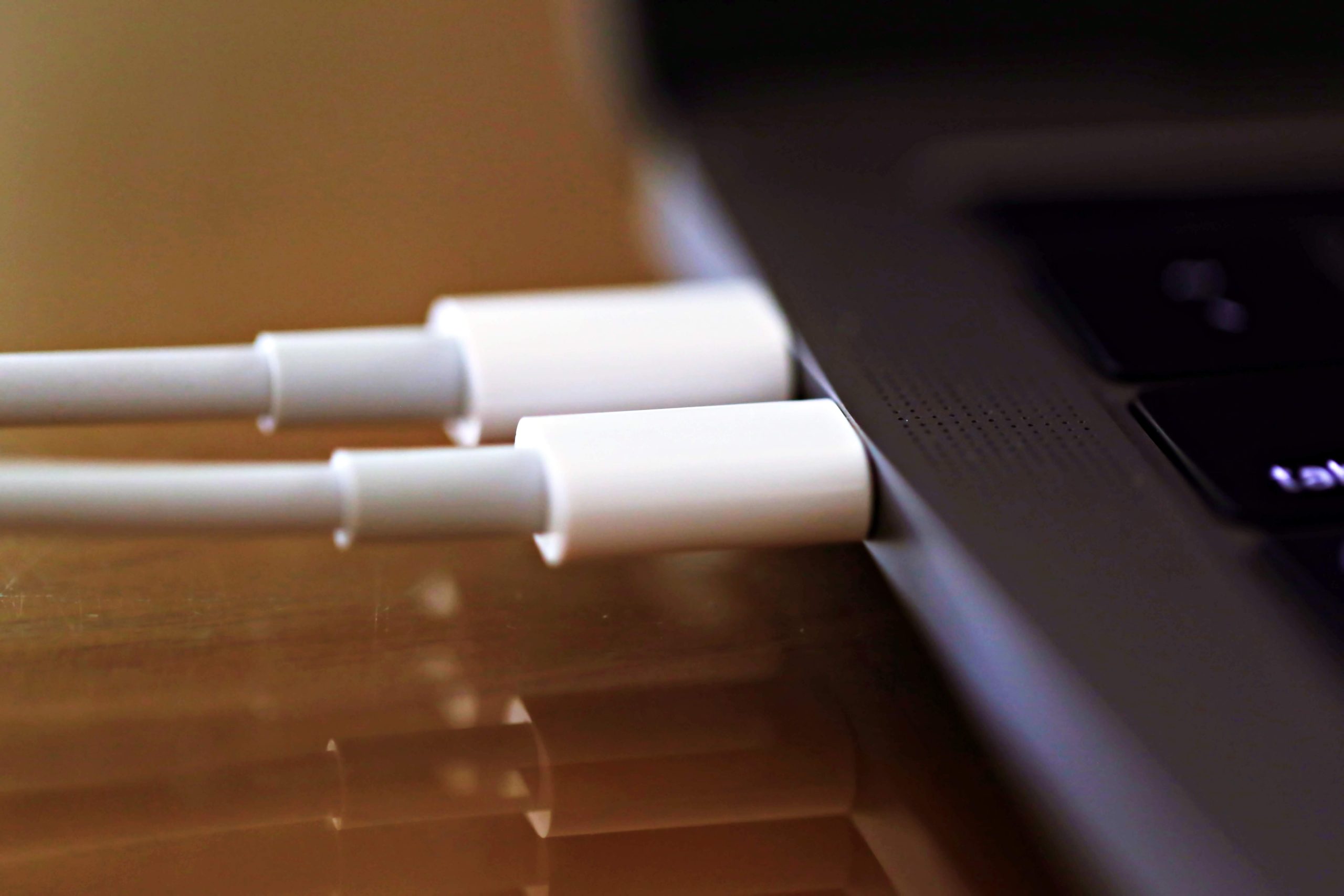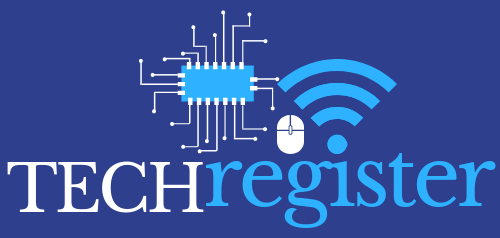
The USB-C has gained popularity over the past few years, due, in part, to its flexibility and wide compatibility. But, like all electronic devices and components, the USB-C also has a few disadvantages.
This article will explore exactly what a USB-C is, where it can be used and how it’s becoming more popular.
What is the USB-C?
The USB-C is a standard connector that’s used for charging devices and data storage. New technology currently utilises this type of connector, with the likelihood that the USB-C will soon replace the old connector types, including other USBs and ports.
USB-C was first developed in around 2014 but the connector has gained widespread traction within the last year or so.
It’s been broadly accepted in the tech world as the standard connector and Europe have legislated a law that will require all future devices to use the USB-C from 2024. That means every computer and smart device will feature the same compatibility when it comes to their charger cables. And even Apply, who famously stuck with ‘Lightning’, will have to standardise their ports.
What is the USB-C used for?
The list of devices that support USB-C is growing, but it’s worth remembering that, at the present time, not all of these ports handle both charging and data transfer.
Some common devices that include, or could potentially make use of the USB-C are:
- Laptops
- Smart phones
- Tablets
- Wireless keyboards
- Game consoles
And, as the deadline approaches for phones and other devices to switch to a universal charging port, more companies are using USB-C in their tech.
Advantages of the USB-C
As well as having a connector that fits universally, there are a few other advantages to the USB-C. Faster speeds and more power are some of the main benefits, along with the ability to connect with no adapter. The connector also works regardless of which way round it is, due to its shape, removing the hassle of trying to find the right way up.
The USB-C also allow users to transfer large amounts of data as well as charge a multitude of devices in super quick time.
Disadvantages of the USB-C
Like every tech device or component, there are some disadvantages, or rather stumbling blocks. The main one is the fact that not all USB-Cs are equal, which might seem counterintuitive, considering the connector was created as a ‘one size fits all’ solution.
It’s important to take into account individual specifications as the USB-C is made to suit a variety of applications.
The USB-C is also be limited by the capabilities of other components such as cables and will only perform to it’s maximum if its power is adequately supported.
Although there are some drawbacks, the general consensus is that as the USB-C enjoys a more widespread rollout, its power capabilities and compatibility will overshadow any former flaws.








